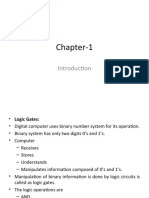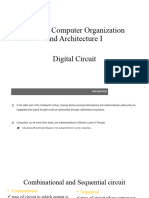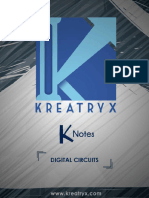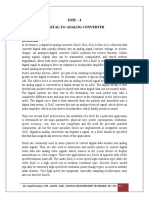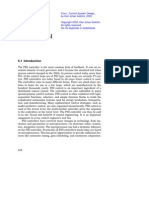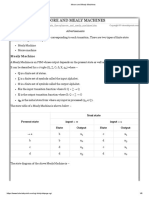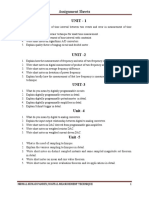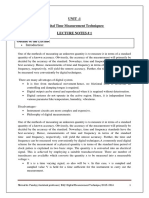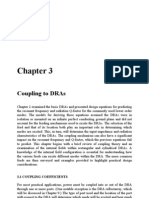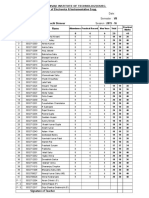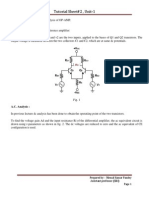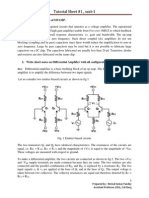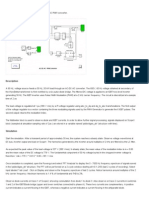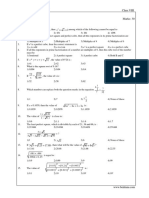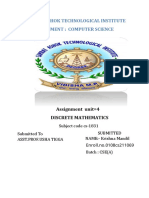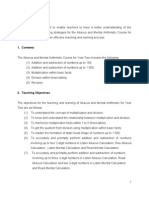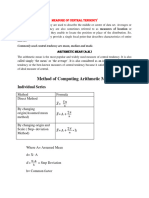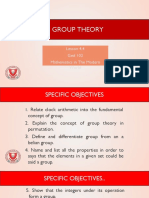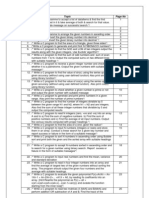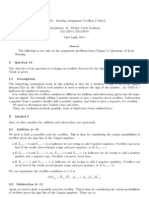0% found this document useful (0 votes)
164 views30 pagesSummry PPT Chapter 1
This chapter discusses number systems and codes used in digital circuits. It describes the decimal, binary, octal and hexadecimal number systems. It also discusses arithmetic operations performed on binary numbers. Different types of complements like 1's, 2's and binary coded decimal are explained. Various weighted and non-weighted binary codes and error detecting/correcting codes are defined. Finally, Boolean algebra, its laws, properties and theorems are introduced which are used to perform logical operations in digital circuits.
Uploaded by
Nirmal Kumar PandeyCopyright
© © All Rights Reserved
We take content rights seriously. If you suspect this is your content, claim it here.
Available Formats
Download as PPTX, PDF, TXT or read online on Scribd
0% found this document useful (0 votes)
164 views30 pagesSummry PPT Chapter 1
This chapter discusses number systems and codes used in digital circuits. It describes the decimal, binary, octal and hexadecimal number systems. It also discusses arithmetic operations performed on binary numbers. Different types of complements like 1's, 2's and binary coded decimal are explained. Various weighted and non-weighted binary codes and error detecting/correcting codes are defined. Finally, Boolean algebra, its laws, properties and theorems are introduced which are used to perform logical operations in digital circuits.
Uploaded by
Nirmal Kumar PandeyCopyright
© © All Rights Reserved
We take content rights seriously. If you suspect this is your content, claim it here.
Available Formats
Download as PPTX, PDF, TXT or read online on Scribd
/ 30
























